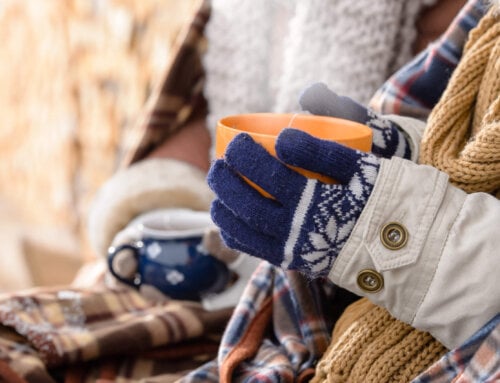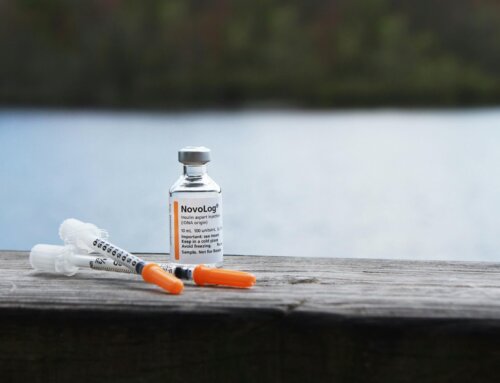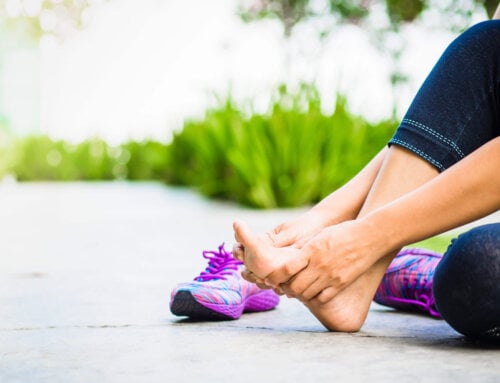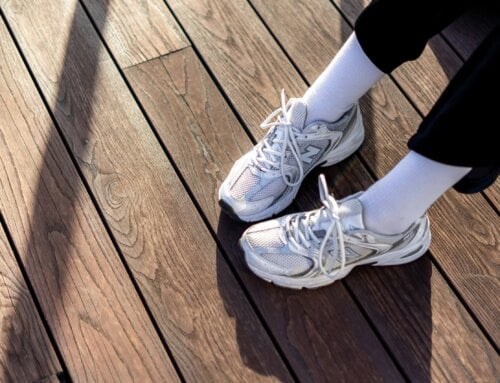Your skin can take a beating in the winter chill and become dry and cracked. People with diabetes are at a higher risk of developing skin infections and other problems. Consider these 4 simple tips for winter skin with diabetes.
- When you skin cracks, you are more likely to develop an infection. One of the biggest things to remember when we head into the winter season is to keep your skin moisturized and hydrated. Most lotions are made from mainly water. It is best to use a cream or ointment with more oil to moisturize your skin. Shower in lukewarm or tepid water for a short period of time. Stay away from hot water which quickly dries your skin. Gently dry off with a soft absorbent towel to avoid abrasions. Make sure to dry between each toe to prevent fungus or athletes’ foot. Keep your skin slightly moist before applying moisturizer. Inspect your skin for cuts, bruises and abrasions. Minor cuts should be washed with soap and water immediately to help prevent infection. Make an appointment to see a dermatologist about stubborn skin problems. Check with a podiatrist if the problems concern your feet.
- Prevent your skin from drying from the inside out. Drink plenty of water to stay hydrated. Limit drinking beverages with caffeine that can lead to dehydration, such as coffee. Too much alcohol may lead to skin issues as well. Keep water handy when you exercise. Eat foods rich in omega-3 fatty acids, such as salmon and flaxseed, to help nourish your skin.
- Keep you feet free of infection during the winter chill. Inspect your feet each day for wounds, abrasions, cuts, blisters and sores. Wash wounds immediately and report suspicious looking cuts to your doctor right away. Inspect your socks and shoes before putting them on to remove any small items that might be in them. Wear comfortable, well fitting diabetes socks and shoes that cover your feet to protect them from the elements. Have your feet measured often to ensure your shoes fit properly. Chilly weather and less perspiration may shrink the size of your feet. Choose shoes according to the outdoor conditions, such as rubber or insulated boots on a snowy day. When your feet get wet outdoors, try to remove your shoes and socks as soon as possible. Wash and dry your feet then put on a dry pair of socks and shoes. Wash your feet daily with lukewarm water and gentle soap. Pat them dry with a soft towel and apply moisturizer, avoiding the areas between your toes. Clip your toenails straight across and do not cut your nails too short. If you are unable to cut your own toenails, have a podiatrist do it for you.
- Take precautions to ward off dry skin and related skin problems. Use a humidifier to add more moisture in your home during the dry, cold winter months when you use heaters. Apply cornstarch powder to areas of your body which may be irritated. If you engage in winter sports such as skiing or plan to be outdoors, use a sunscreen with SPF 15 or higher. Snow can reflect over 80 percent of the sun’s harmful rays. Apply a lip balm with SPF 15 or higher to help prevent chapped lips. Never scratch itchy, dry skin as that can lead to cracking and fissures. Wear warm gloves when you go outside. Use protective gloves to protect your hands when you are cleaning around the house or washing dishes.
A few simple precautions can help ward off dry skin and infections during the chilly winter months. Inspect your skin each day for cuts, abrasions, sores and other irregularities. Contact your doctor, dermatologist or podiatrist about stubborn skin problems before they get worse.













Leave A Comment